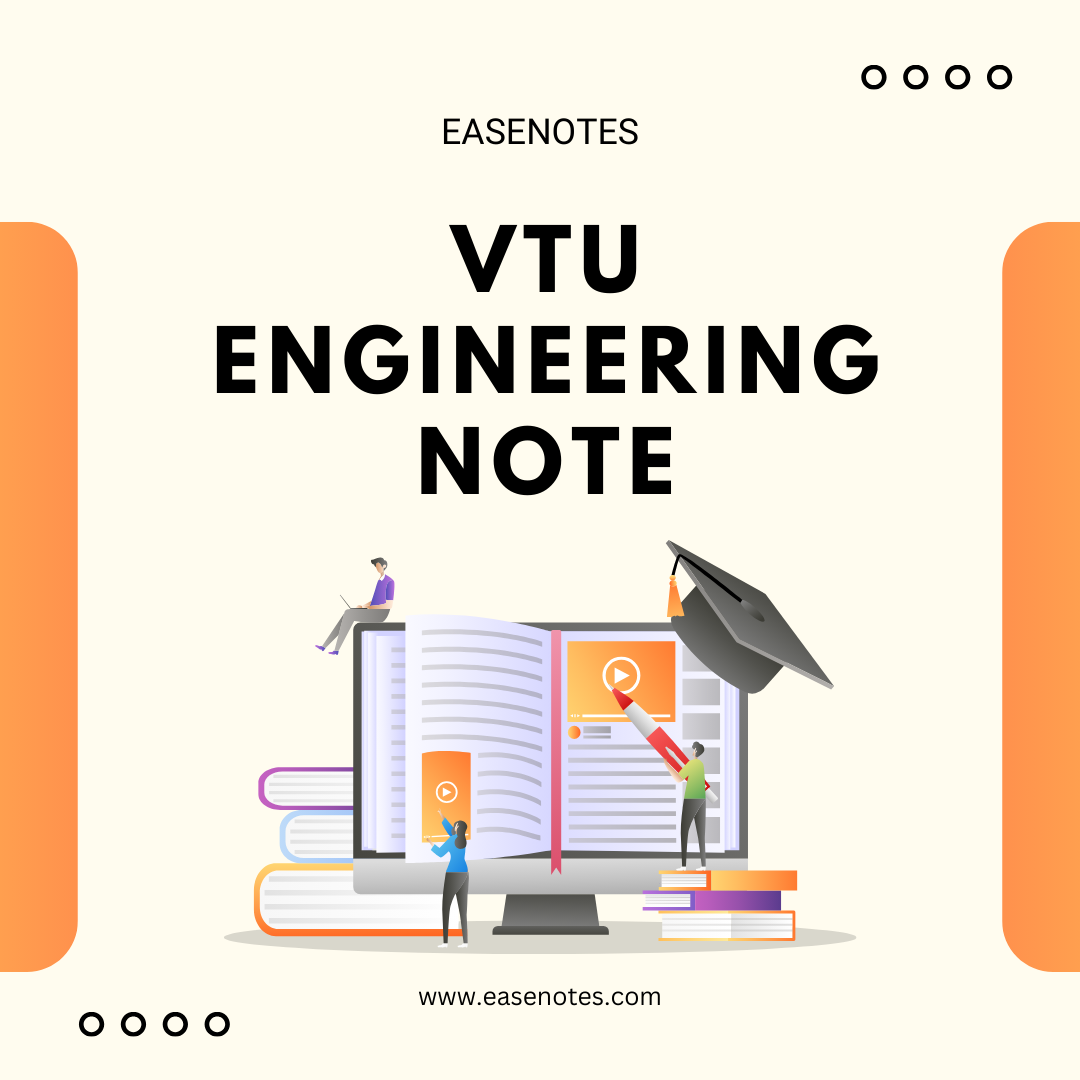Scheme & Syllabus Copy of Material Science and Engineering 2022 Scheme VTU Notes
Material Science and Engineering-BME303 2022 Scheme VTU Notes syllabus copy
Material Science and Engineering-BME303 2022 Scheme VTU Notes
MODULE-1: Structure of Materials
Introduction:
- Classification of materials: Crystalline and non-crystalline solids.
- Atomic bonding: Ionic Bonding and Metallic Bonding.
Crystal Structure:
- Crystal Lattice, Unit Cell, Planes, and directions in a lattice.
- Planar Atomic Density.
- Coordination number.
- Atomic Packing Factor of all the Cubic structures and Hexa Close Packed structure.
- Classification and Coordination of voids.
- Bragg’s Law.
Imperfections in Solids:
- Types of imperfections: Point defects (vacancies, interstitials), line defects, 2-D and 3D defects.
- Concept of free volume in amorphous solids.
- Slip, Twinning.
MODULE-2: Physical Metallurgy
Alloy Systems:
- Classification of Solid Solutions.
- Hume-Rothery Rules.
Diffusion:
- Diffusion Mechanisms: Vacancy Diffusion and Interstitial Diffusion.
- Fick’s Laws of diffusion.
- Factors affecting diffusion.
Phase Diagrams:
- Gibbs Phase Rule.
- Solubility limit, Phase equilibrium, and Phase Diagrams: Isomorphous systems.
- Invariant Binary Reactions: Eutectic reaction, Eutectoid reaction, Peritectic reaction.
- Lever Rule, Iron-Carbon Diagram.
- Effect of common alloying elements in steel.
- Numerical problems on the Lever rule.
MODULE-3: Nucleation and Growth
Nucleation and Growth:
- Introduction to Homogeneous and Heterogeneous Nucleation.
- Critical radius for nucleation.
Heat Treatment:
- Annealing, Normalizing, Hardening, Tempering, Nitriding, Cyaniding.
- Induction Hardening and Flame Hardening.
- Recent advances in heat treatment technology.
- TTT Diagram.
- Recovery, Recrystallization, and Grain Growth.
Strengthening Mechanisms:
- Strain Hardening.
- Precipitation Hardening (Solid-Solution Strengthening).
- Grain Refinement.
MODULE-4: Surface Coating Technologies
Surface Coating Technologies:
- Introduction to coating materials and technologies.
- Types of coatings:
- Electro-plating.
- Chemical Vapor Deposition (CVD).
- Physical Vapor Deposition (PVD).
- High Velocity Oxy-Fuel Coating (HVOF).
- Advantages and disadvantages of surface coating.
Powder Metallurgy:
- Introduction.
- Powder Production Techniques: Mechanical methods (Chopping, Cutting, Abrasion, Machining, Ball Milling) and Chemical method (Chemical reduction).
- Characterization of powders: Particle size and shape distribution.
- Powder Shaping: Particle packing modifications, lubricants, and binders.
- Powder Compaction Process.
- Sintering.
- Applications of Powder Metallurgy.
MODULE-5: Engineering Materials and Their Properties
Classification of Engineering Materials:
- Ferrous Materials: Properties, compositions, and uses of Grey cast iron and steel.
- Non-Ferrous Materials: Properties, compositions, and uses of Copper, Brass, Bronze.
Composite Materials:
- Definition and Classification.
- Types of matrix materials and reinforcements.
- Metal Matrix Composites (MMCs), Ceramic Matrix Composites (CMCs), and Polymer Matrix Composites (PMCs).
- Particulate-Reinforced and Fiber-Reinforced Composites.
- Applications of composite materials.
Mechanical and Functional Properties of Engineering Materials.
The Design Process and Materials Data:
- Types of design, design tools, and materials data.
- Processes of obtaining materials data.
- Materials databases.
Material Selection Charts:
- Selection criteria for materials.
- Material property charts, deriving property limits, and material indices.


